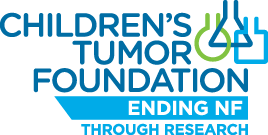Gerald Sun, PhD, currently a postdoctoral fellow at Novartis Institutes for Biomedical Research, was recently published in Nature Neuroscience, a multidisciplinary journal that publishes papers of the highest quality and significance in all areas of neuroscience. The study, Latent tri-lineage potential of adult hippocampal neural stem cells revealed by Nf1 inactivation, was funded by a Children’s Tumor Foundation Young Investigator (YIA) award in 2012.
Sun’s research built on previous studies investigating the role of NF1 in modulating stem cell properties in the brain. Using a genetic mouse model for NF1 inactivation, Sun and other researchers induced the loss of NF1 function in single stem cells in order to study how these stem cells carry out their basic process of choosing which daughter cells to generate in normal and NF1-inactivated conditions.
Click here for the article preview on the publication’s website.

